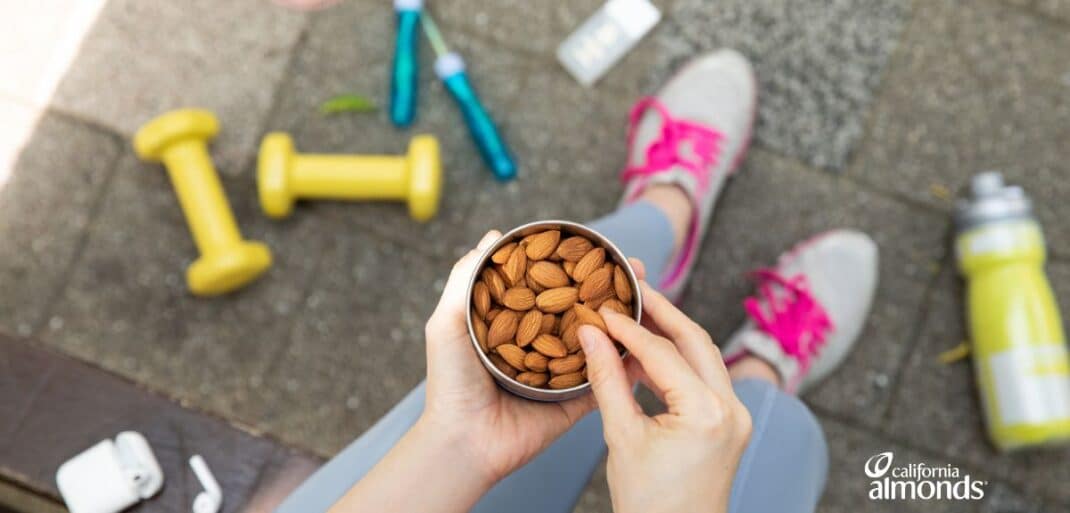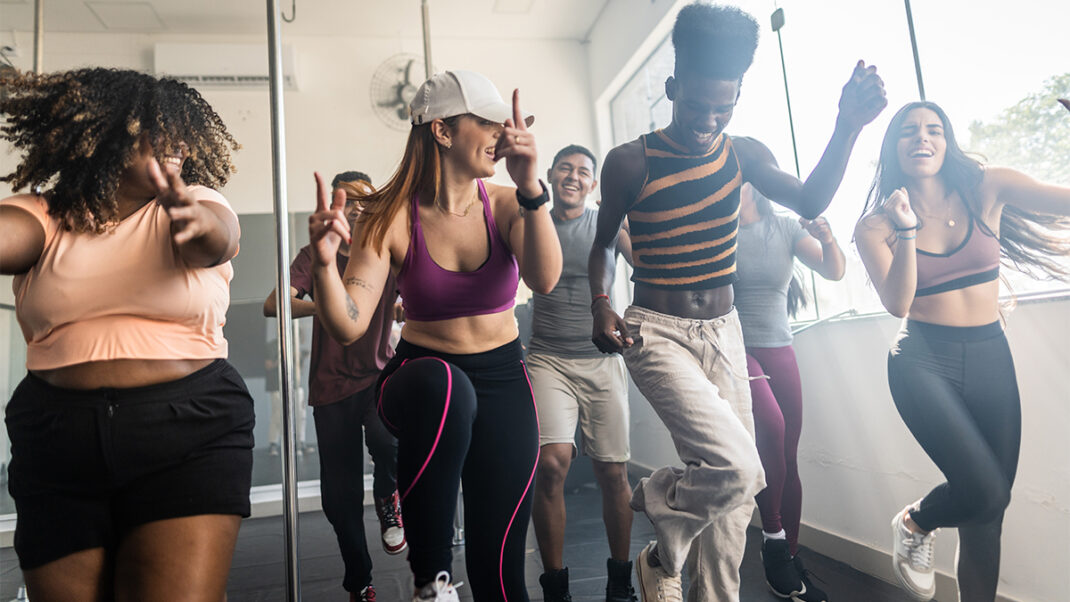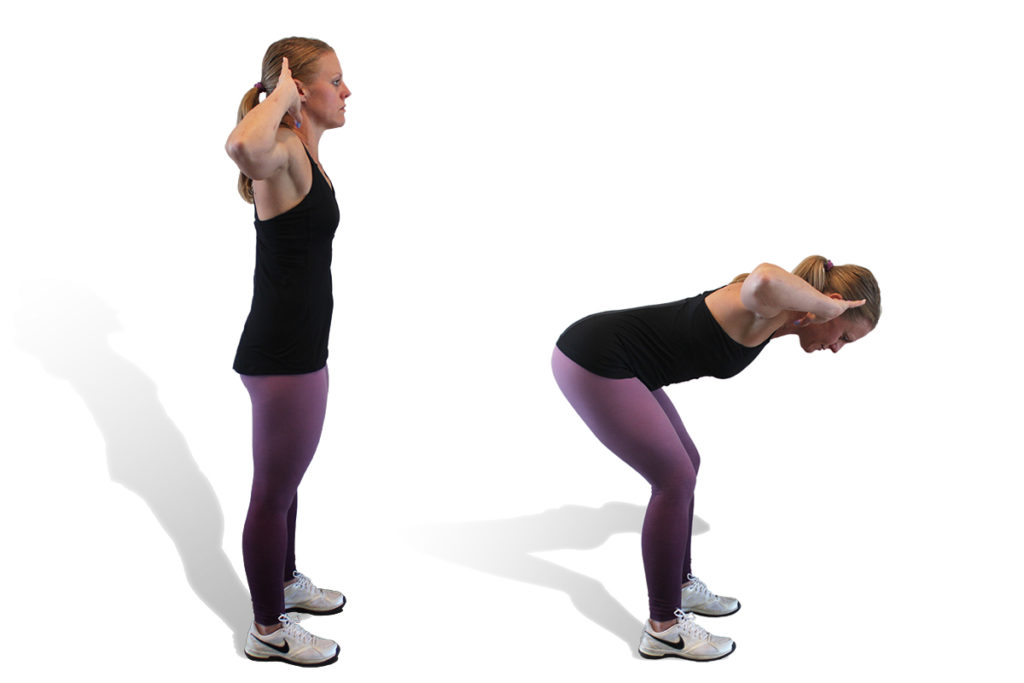When it comes to flexibility, women rule. So says a recent study published in the Journal of Strength & Conditioning Research (2010; 24 [10], 2618–26). The subjects included 13 men and 19 women who performed stretch tolerance tests to determine musculoskeletal stiffness and ankle range of motion. They then completed a stretching protocol that included 9 repetitions of a passive stretching exercise, with each rep held for 135 seconds. According to the results, the women experienced improved range of motion following the stretch interval, but the men did not. It was also determined that musculoskeletal stiffness was significantly higher in the men than in the women.
“Men seem to have more severe tightness and lack of flexibility in the foot/ankle area, and in general,” states Portia Page, education project manager for Balanced Body®. She believes this may be due in part to footwear choices and lack of participation in activities that promote flexibility (such as Pilates or yoga).
To improve flexibility, Page urges individuals to perform movement-oriented exercises in lieu of static stretching. “I tend to gravitate toward active stretching and rhythmic movement to facilitate flexibility and movement in general.
Ryan Halvorson
Ryan Halvorson is an award-winning writer and editor, and IDEA's director of event programming.






